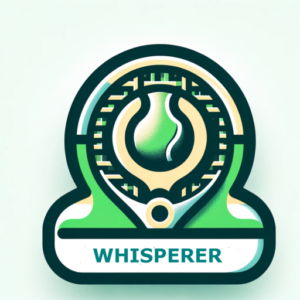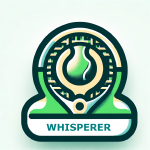Has Hypnosis Been Applied in Tennis?
Has Hypnosis Been Applied in Tennis?
Rachel asks whether hypnosis has been used in mental conditioning in tennis.
The answer is yes—tennis professionals and sports psychologists have explored hypnosis techniques to enhance mental focus, reduce anxiety, and improve performance under pressure.
Notable Examples:
-
Tennis legends including Andre Agassi, Serena Williams, Jimmy Connors, and Martina Navratilova have publicly credited mental conditioning, including hypnosis or visualization, for their success (Village Hypnotherapy).
-
A review in Frontiers in Psychology supports hypnosis as an effective mental training method for managing stress, enhancing focus, and boosting performance in sport (Frontiers in Psychology).
Mixed Evidence:
-
One study evaluating hypnosis and progressive relaxation in tennis training found no significant performance improvement compared to standard coaching over the long term, suggesting effectiveness depends on context and implementation (Academia.edu).
Tennis Ball Squeeze: A Scientific Parallel
One of the most validated and comparable tools is the “tennis ball squeeze” method, developed by Professor Jürgen Beckmann.
While not traditional hypnosis, this neuromuscular priming technique—a form of embodied cognition—alters brain function to reduce performance anxiety. The method involves squeezing a tennis ball with the left hand for 10–15 seconds before serving, which has been shown to stabilize performance under stress by calming the brain’s motor control center.
Hypnosis and Guided Imagery in Sport
Hypnosis and guided visualization techniques have long been employed in elite sport to help athletes:
-
Enter relaxed, focused states
-
Visualize successful performance outcomes
-
Reinforce confident behaviors
-
Regulate emotional arousal
In tennis, these tools can be critical for:
-
Mental recovery between points
-
Handling momentum shifts
-
Sustaining focus and intensity throughout a match
Complementary Mental Conditioning Techniques
To maximize effectiveness, hypnosis or guided imagery should be integrated with:
-
Visualization
-
Breathing routines
-
Pre-match rituals
-
Mindfulness techniques
When combined with behavior design principles like those from Atomic Habits, these strategies can support the creation of mentally resilient, high-performance routines.
Wrap
Hypnosis in tennis isn’t just a theoretical concept—it’s a proven tool used by champions and backed by psychology.
While results can vary based on individual receptivity and application method, it remains a valuable option for players looking to strengthen their mental edge.



